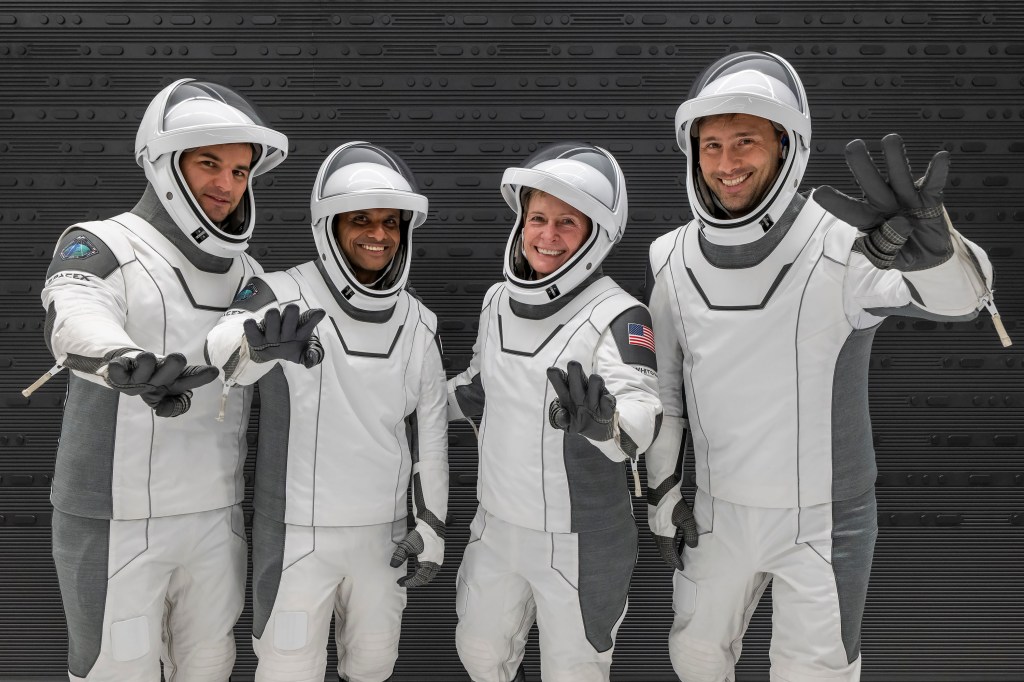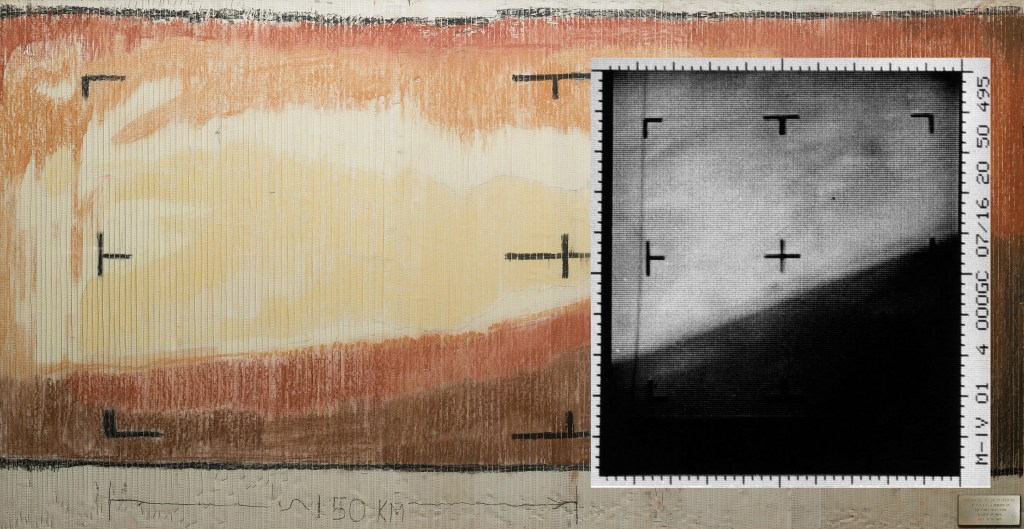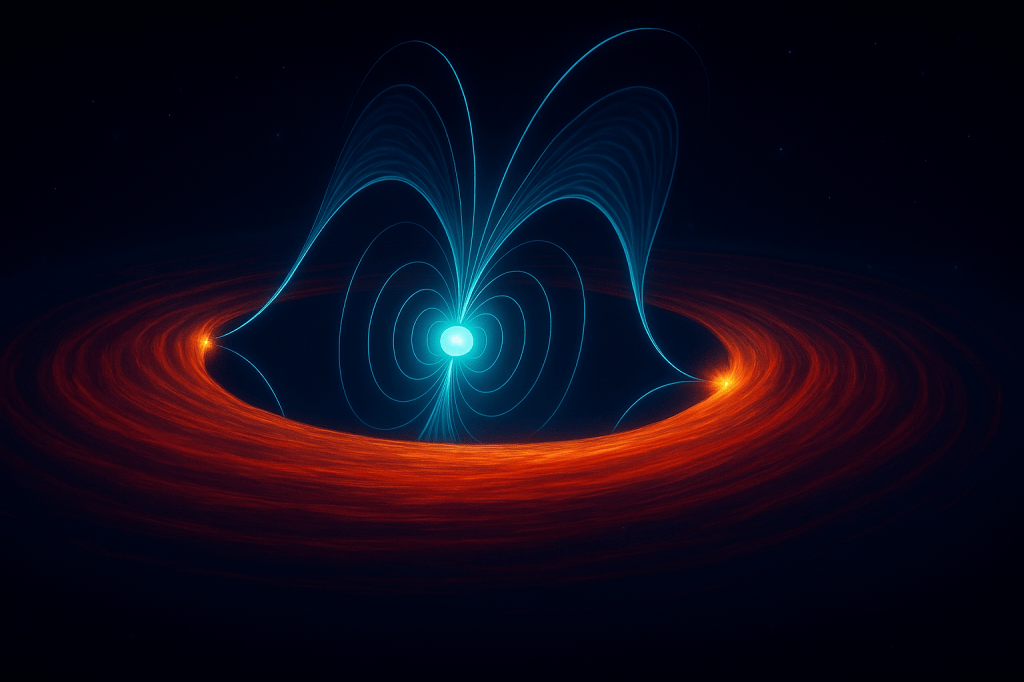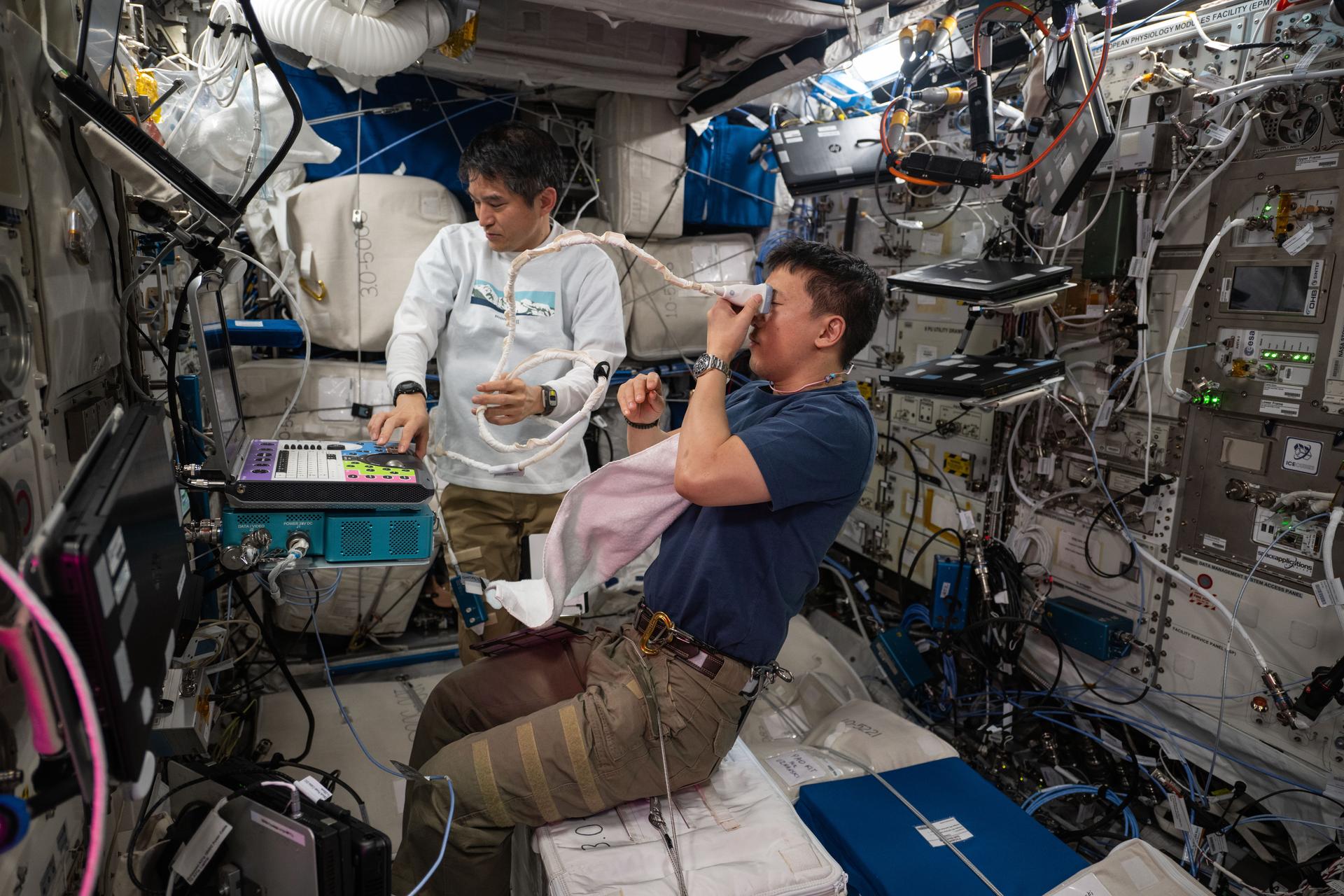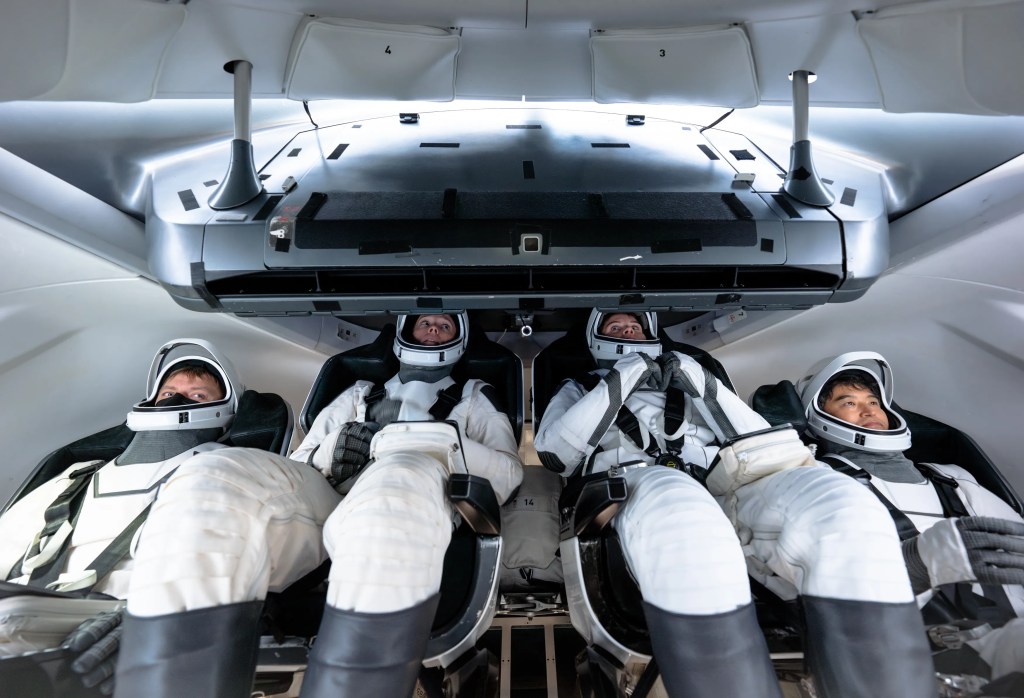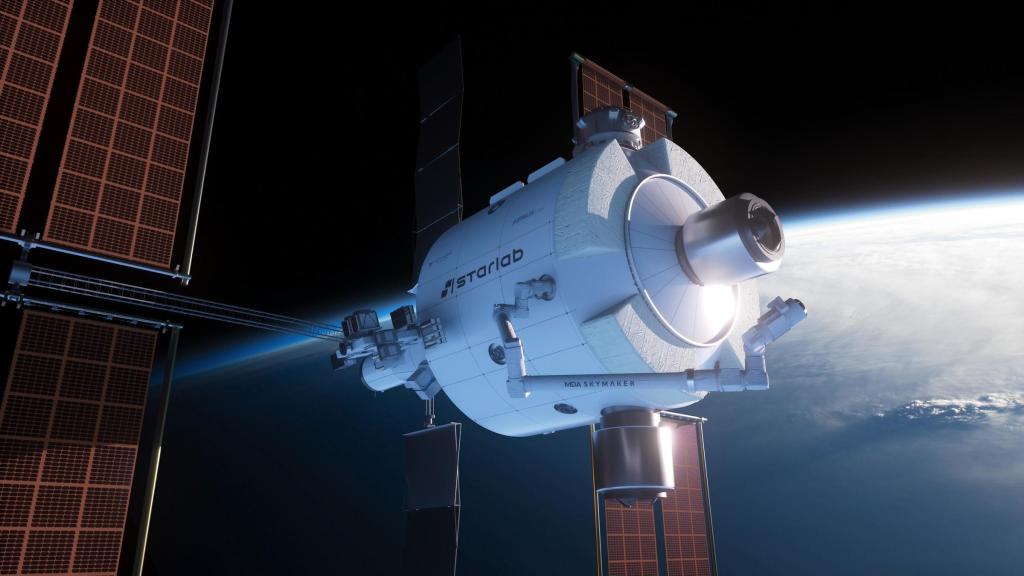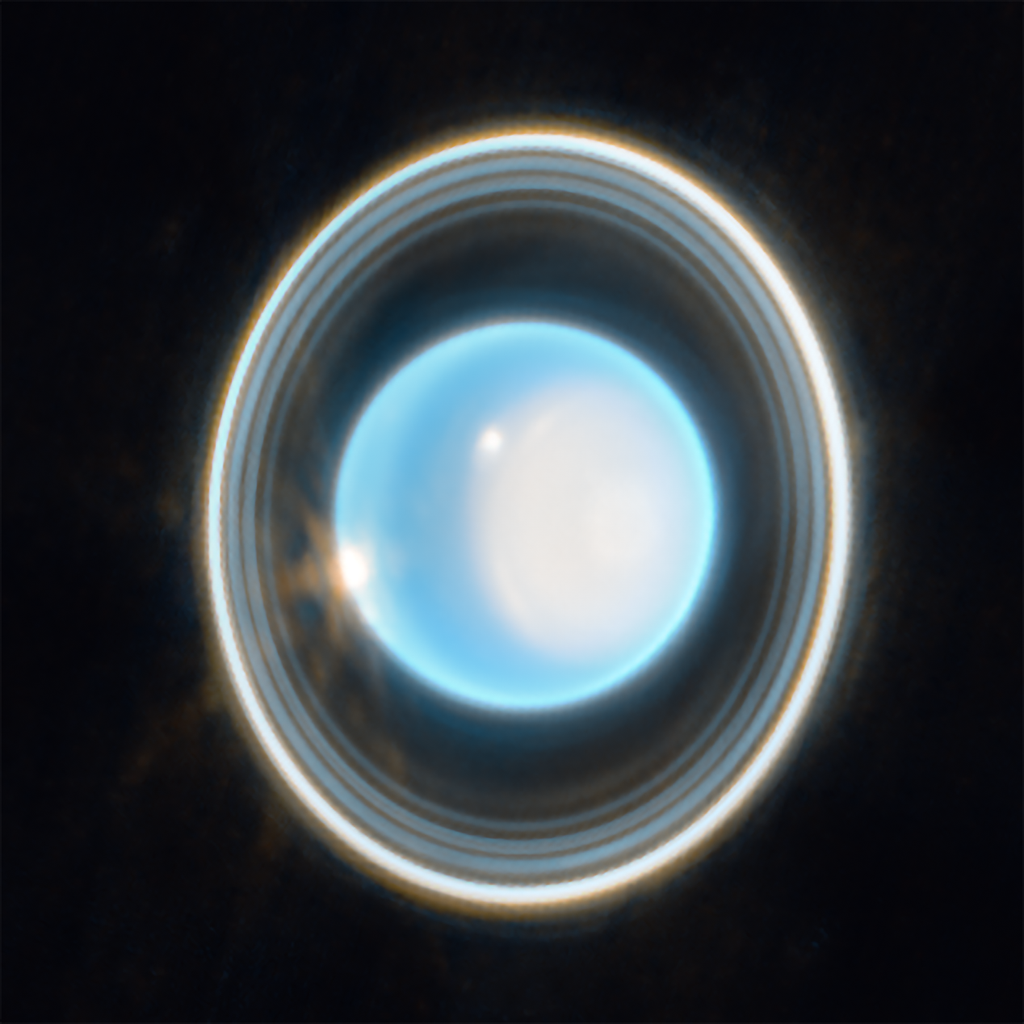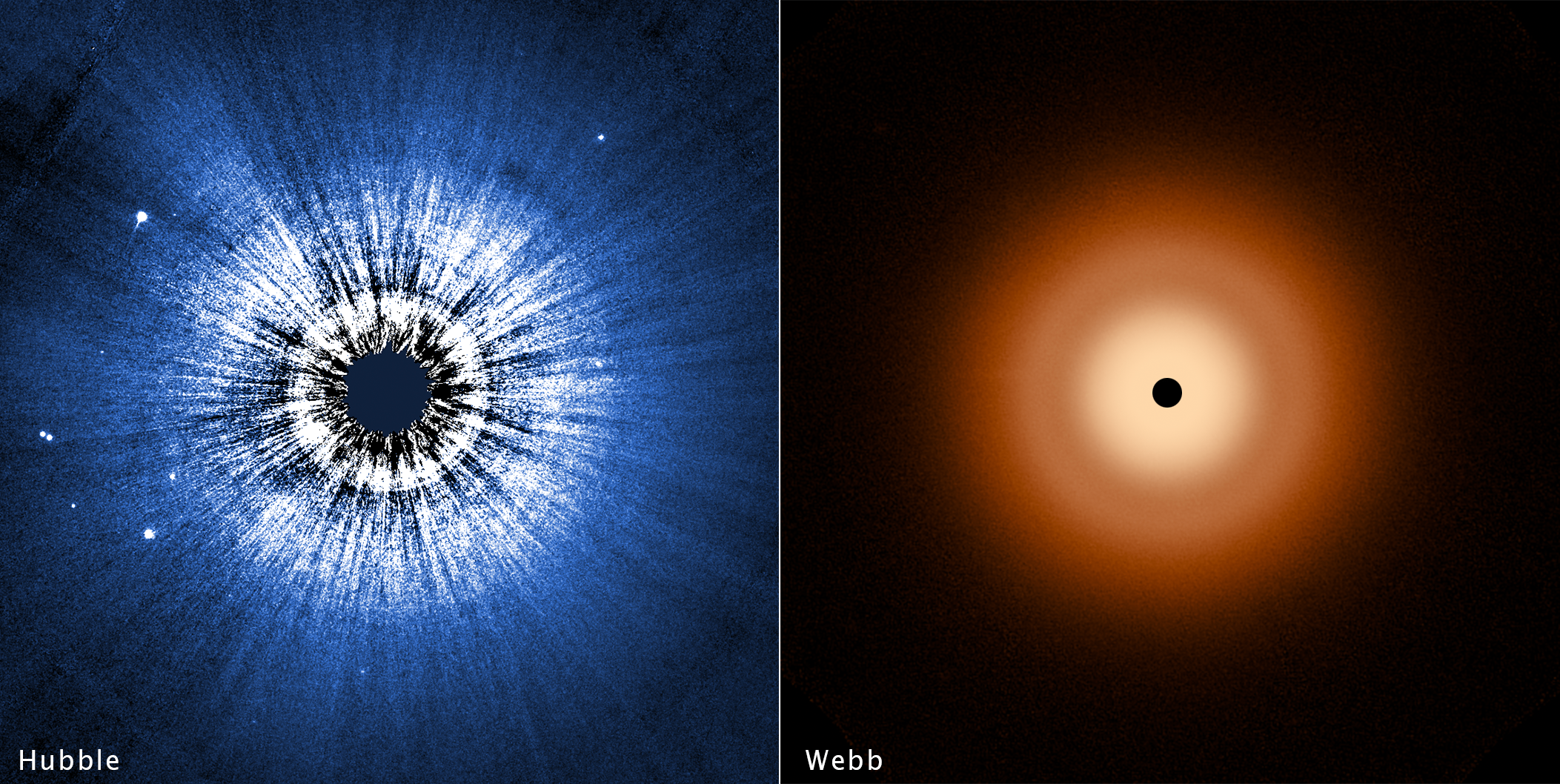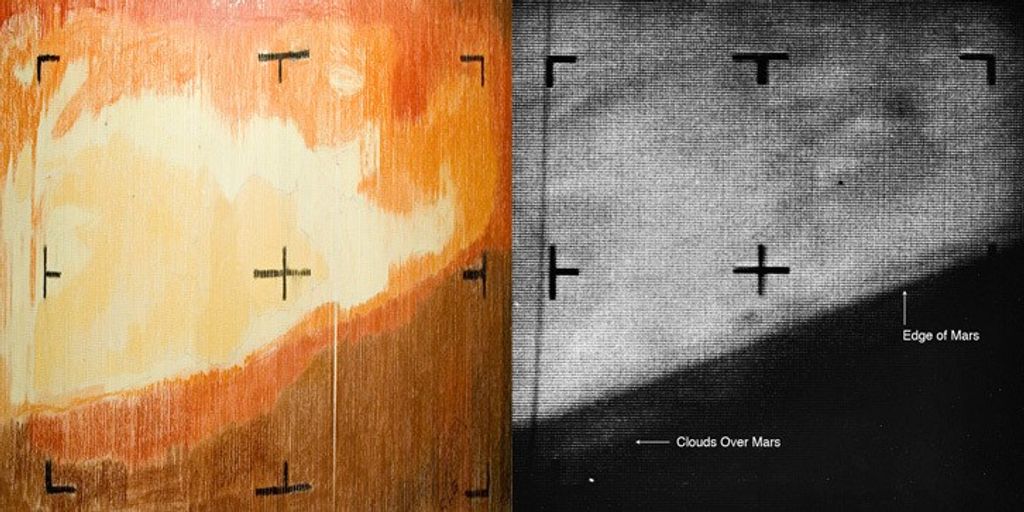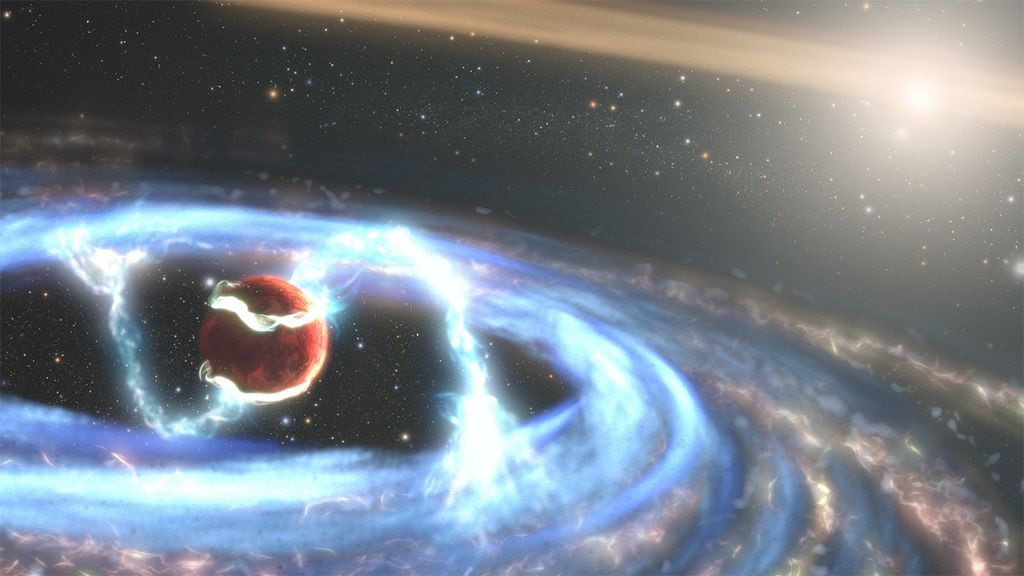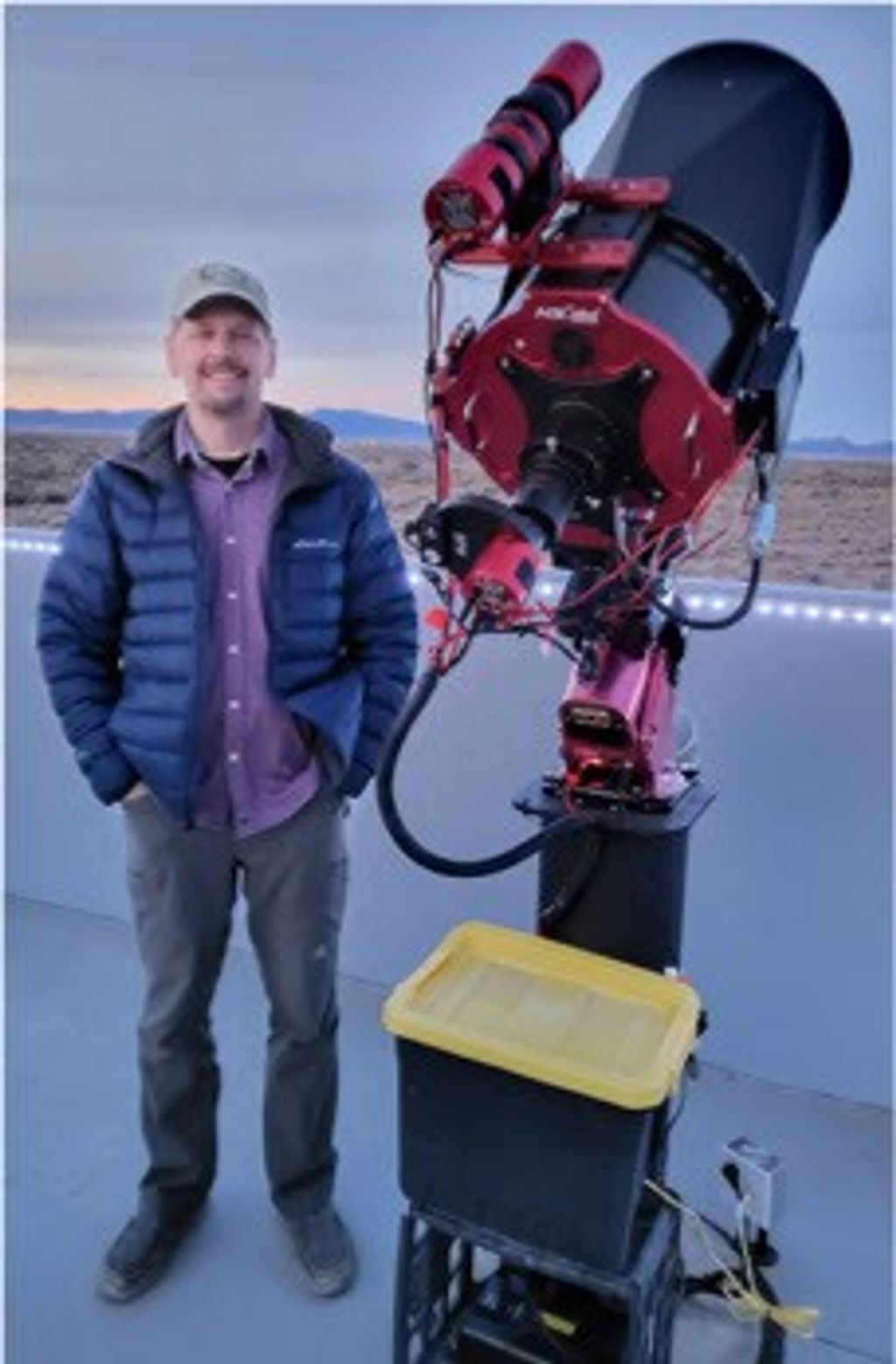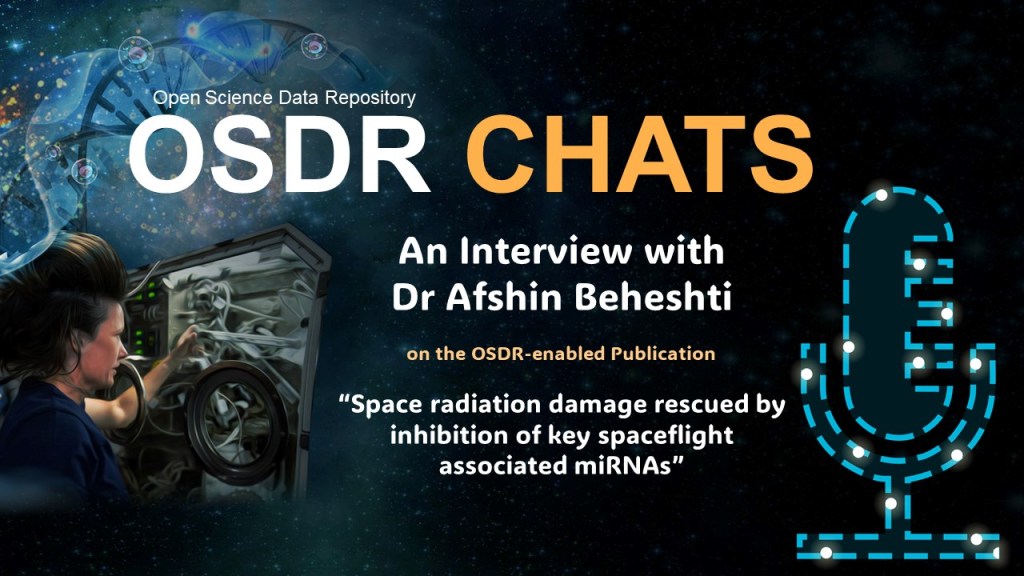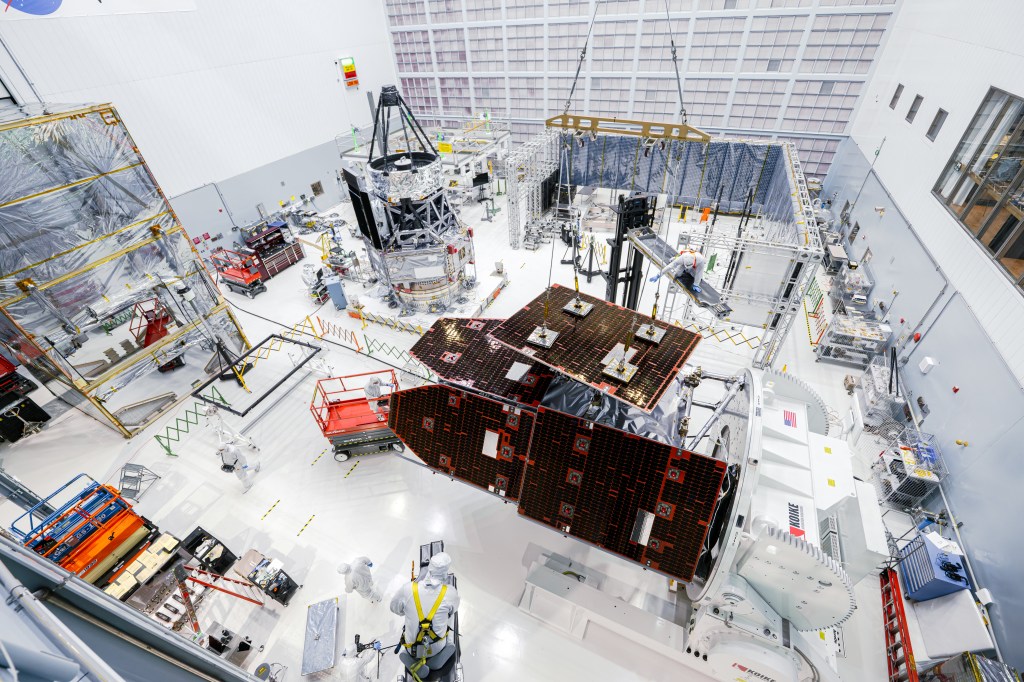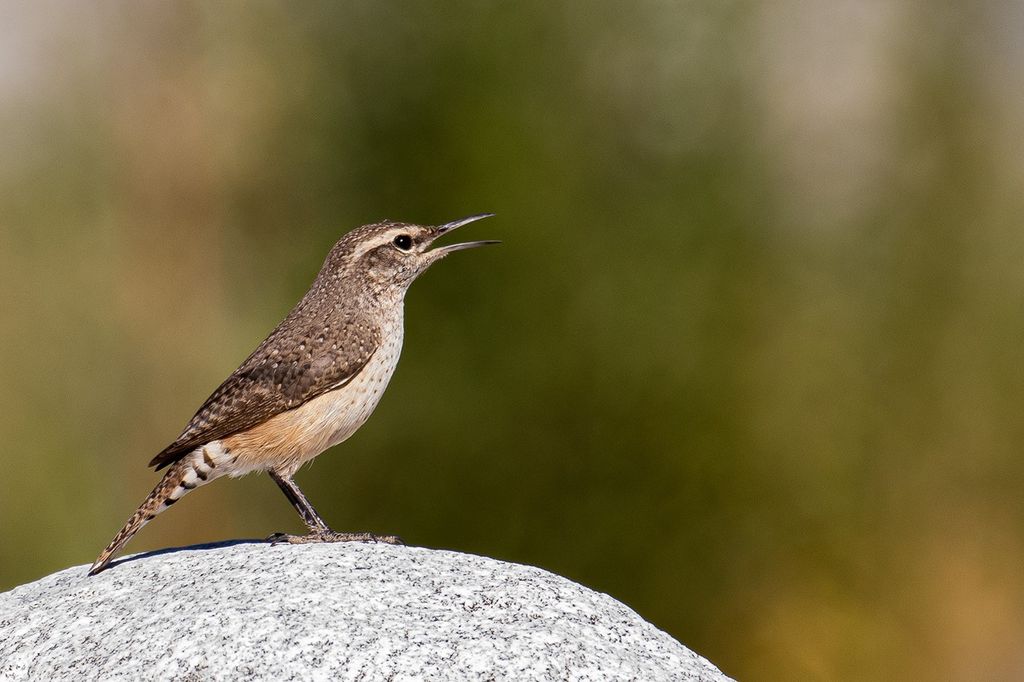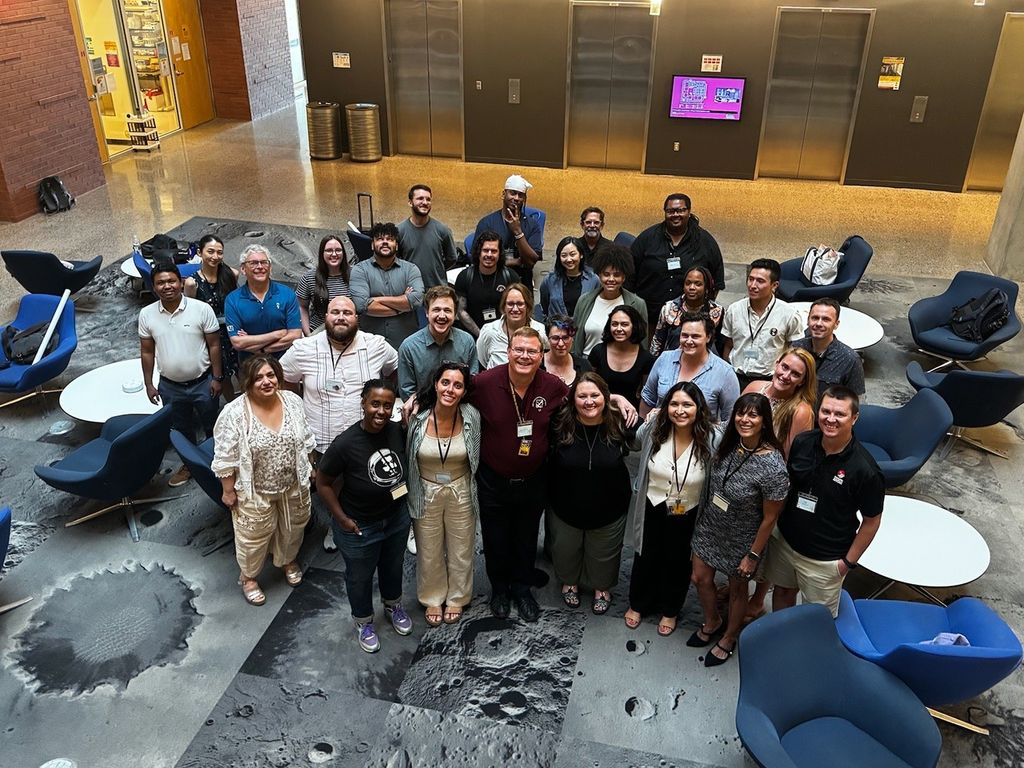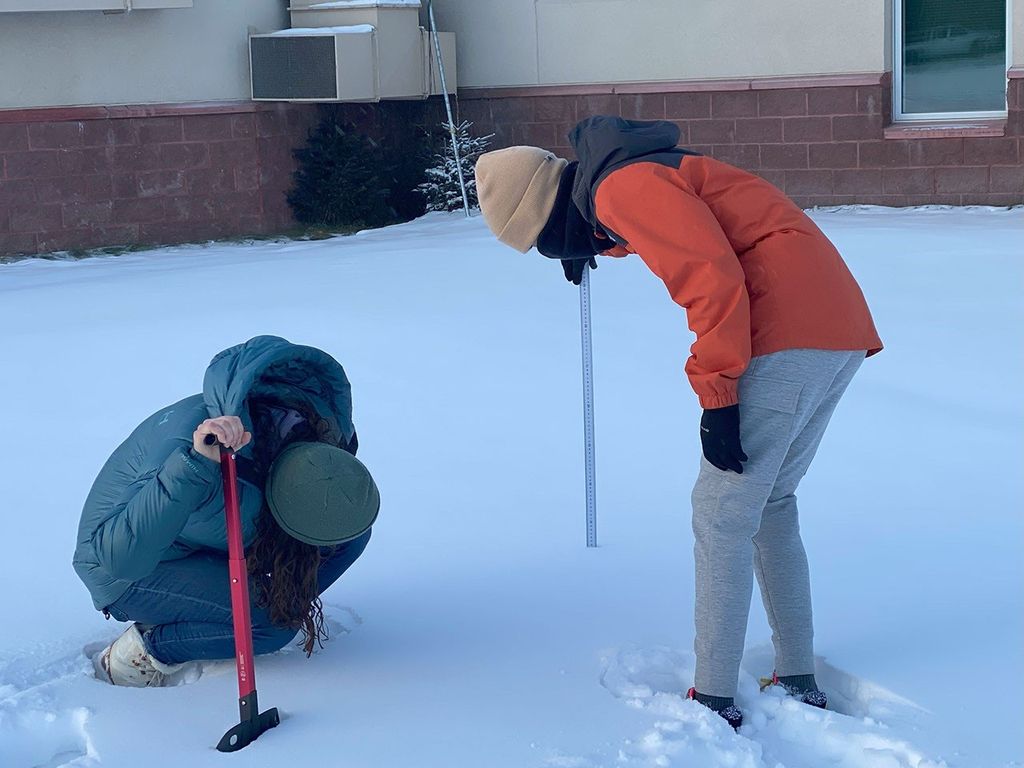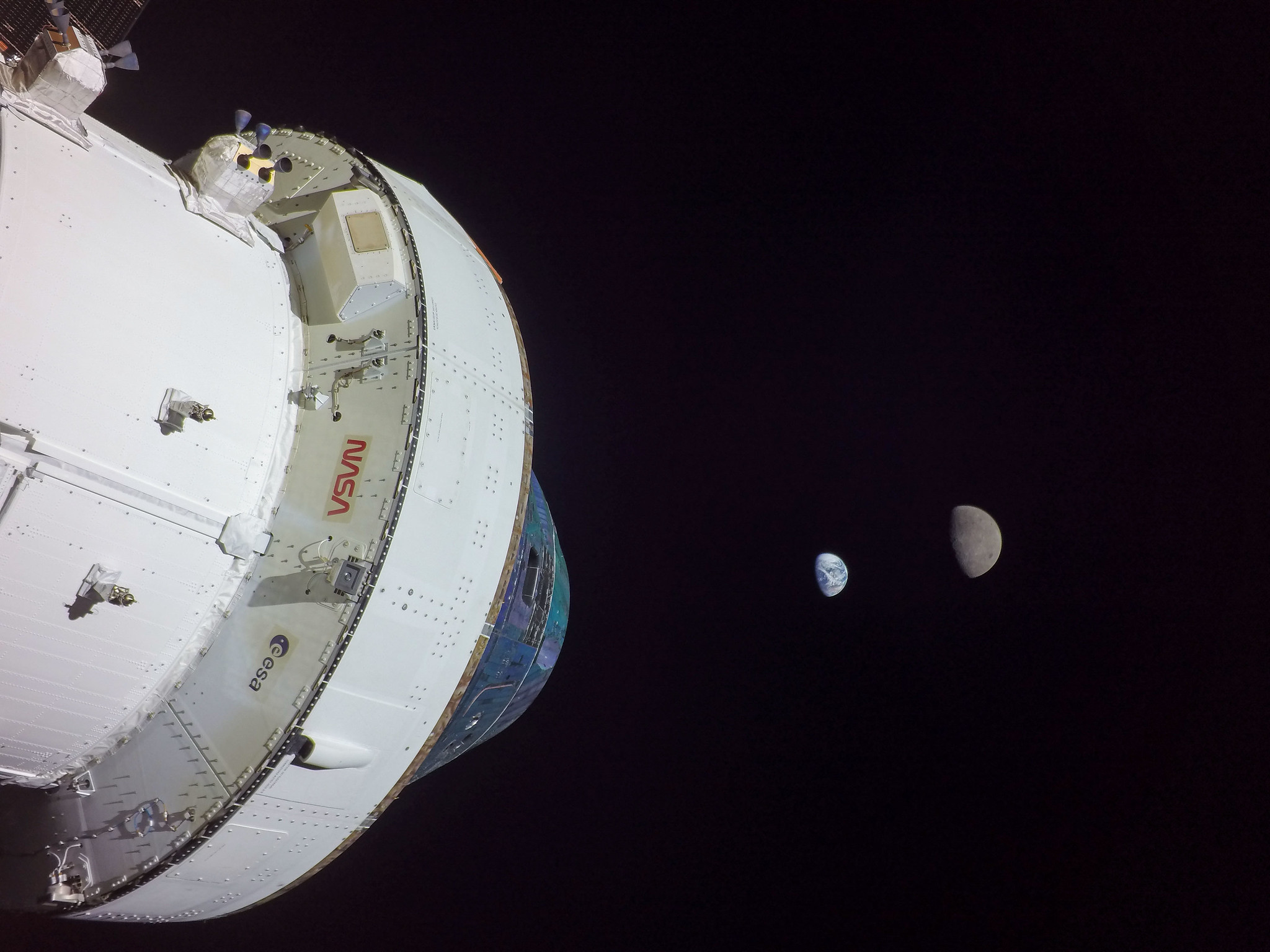NASA’s Orion spacecraft is on course for its historic return to Earth Sunday, Dec. 11. After a 25-day journey into a distant lunar orbit, the Orion capsule will splash down off the coast of San Diego.
NASA’s Ames Research Center in California’s Silicon Valley invites media to interview Orion heat shield experts Kathy McGuire and Sarah D’Souza to talk about the center’s contributions to this milestone which dates back to 2006, when development and testing of the Orion heat shield began.
Live coverage as Mission Control at the agency’s Johnson Space Center in Houston, monitors the uncrewed spacecraft’s entry, descent, and splashdown will begin at 8 a.m. PST Dec. 11. Splashdown is expected at 9:40 a.m., after which the exploration ground systems recovery team from NASA’s Kennedy Space Center in Florida, working with the U.S. Navy, will recover the spacecraft. NASA will provide live coverage on NASA Television, the NASA app, and the agency’s website.
Media requesting an interview with McGuire or D’Souza should email the Ames Office of Communications at arc-dl-newsroom@mail.nasa.gov or call the newsroom at 650-604-4789.
A media resource reel is available upon request.
The NASA Ames Visitor Center at the Chabot Space and Science Center in Oakland, California, will host a STEM event at 9 a.m. Dec. 11, for students and families to learn about Orion and the science, technology, engineering, and math that ensures the success of the agency’s missions. Participants will be able to watch a live stream of the splashdown and participate in STEM hands-on activities.
Following a successful launch on NASA’s Space Launch System rocket, Artemis I is testing the Orion spacecraft on a rigorous mission in the extreme environment of deep space around the Moon before flying astronauts on Artemis II in 2024. Artemis includes a series of increasingly complex missions that will enable human exploration at the Moon where the agency will prepare for future missions with crew to Mars.
Learn more about the Artemis I flight test at:
https://www.nasa.gov/artemis-1
McGuire leads a team which supported the analysis required to ensure Orion’s heat shield will withstand the extreme temperatures expected during re-entry through Earth’s atmosphere.
D’Souza is the Deputy Systems Manager for the Orion Thermal Protection System (TPS) and supported development and production of the Orion TPS.
-end-
Rachel Hoover
Ames Research Center, Silicon Valley
650-604-4789
rachel.l.hoover@nasa.gov


